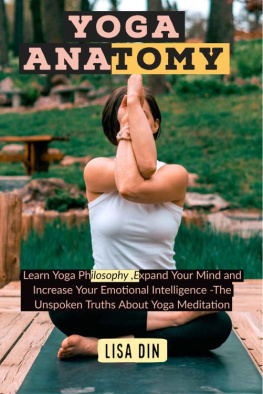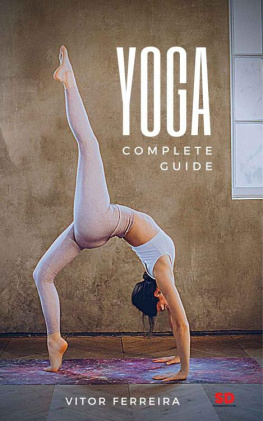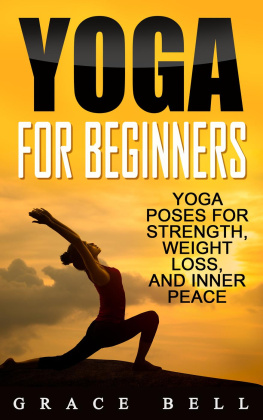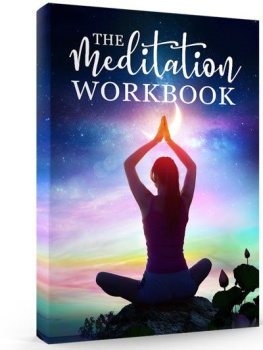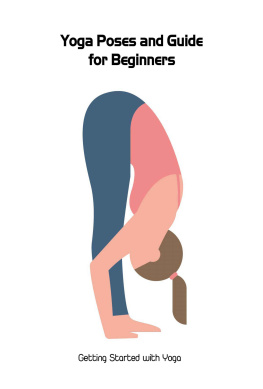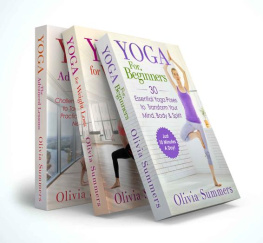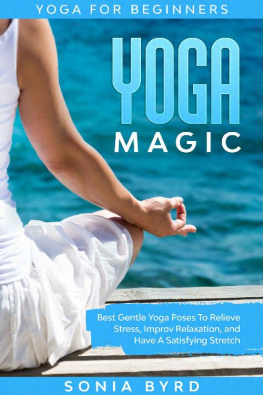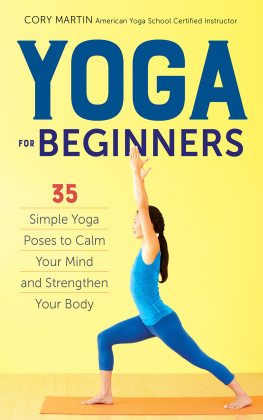If you are looking for one of the few yoga books that will teach you everything you need to know about yoga and weight loss, then Beginners Guide To Yoga Poses is the perfect book for you. Unlike other yoga books, this book contains 30 beginner poses that will not only help you relax and relieve stress, but will help you to lose weight in the process.
You would be surprised how long Yoga has been around. Yoga has been around for nearly 5,000 years. While this practice has roots deeper into our culture than we are even aware of, the truth is that in the United States alone people are not shown the traditional way to do Yoga and instead are fed into doing some kiddie version of it.
Yoga is seen as a practice done on a daily basis to get you into good health and incredible shape. While it is true that numerous Yoga studies have flourished all over the world in the recent years, the sad truth is that these studies often misrepresent what Yoga is truly all about.
Throughout this book I will introduce you to the real world of Yoga, show you the real exercises of Yoga, and teach you all about the real Yoga that most beginners do not know about. I urge you to use every technique I teach you in this book, especially if you are looking to lose weight or just looking to get in the best shape of your life. Everything that you find in this book will benefit you in the long run.
Chapter 1: What Is Yoga
Yoga can seem like a complicated concept or, at the least, a dizzying array of physical manipulations that turn seemingly happy-looking human beings into happy looking human pretzels.
Even more disconcerting, a stereotype does exist in places where the term yoga is synonymous with cult, or some kind of archaic spiritual belief that compels one to quit their job, sell their house, and go live in the middle of nowhere.
In actual fact, Yoga is a very basic thing. If youve had the opportunity to visit a count ry where it has been established for generations India, Japan, China, and others its really rather, well, ordinary.
The practice of yoga came to the west back in 1893 when one of Indias celebrated gurus, Swami Vivekananda, was welcomed at the World Fair in Chicago. He is now known for having sparked the Wests interest in yoga.
Literally, the word yoga comes from the Sanskrit term Yug, which means: to yoke, bind, join, or direct ones attention. At the same time, yoga can also imply concepts such as fusion, union, and discipline.
The sacred scriptures of Hinduism (an ancient belief system from India that has a global presence) also defines yoga as unitive discipline; the kind of discipline that, according to experts Georg Feuerstein and Stephan Bodian in their book Living Yoga, leads to inner and outer union, harmony and joy.
In essence, yoga is most commonly understood as conscious living; of tapping into ones inner potential for happiness (what Sankrit refers to as ananda).
What Yoga Isnt:
Sometimes its helpful to understand things by what they arent; especially when dealing with a topic, like Yoga, that is quite easily misunderstood.
Authors and yoga scholars Feuerstein and Bodian help us understand yoga by telling us what it is NOT:
Yoga is NOT calisthenics (marked by the headstand, the lotus posture or some pretzel-like pose). While it is true that yoga involves many postures especially in hatha yoga these are only intended to make people get in touch with their inner feelings.
Yoga is NOT a system of meditation or a religion the way many people are misled to believe. Meditation is only part of the whole process of bringing ourselves into the realm of the spiritual. What is the essence of Yoga?
Virtually all yogic science and philosophy states that a human being is but a fragment of an enormous universe, and when this human being learns to communion with this vastness, then he/she attains union with something that is bigger than him/her.
This attachment or tapping into something bigger thus enables one to walk the true path of happiness. By flowing along with the force, the individual is able to discover truth.
And with truth comes realization; but to attain realization, our words, thoughts and deeds must be based on truth. People attend courses on yoga and go to studios to learn new techniques in yoga, but yoga teacher Tim Miller said that True yoga begins when leave the studio; its all about being awake and being mindful of your actions.
Chapter 2: How Will Yoga Benefit You?
Yoga, as a whole, can offer various benefits to your entire body. Just think about it: today we expose ourselves to various diseases, whether they be physical or mental. Yoga is very beneficial as it can help you not only clear your mind, but allow you to achieve what is truly important in life as well: good health and true happiness.
There are a variety of benefits to yoga and in this section we will explore those benefits.
1. Can Help Improve Mental Health
As many people are aware, with todays lifestyle it can be really hard to achieve optimum physical health and mental health at the same time. Yoga can certainly help with this. The core of yoga is about using proper breathing techniques along with proper postures to help enhance the health of your body. When you learn how to breathe properly, this allows the cells within your body to get the right amount of oxygen that they need for longer periods of time.

